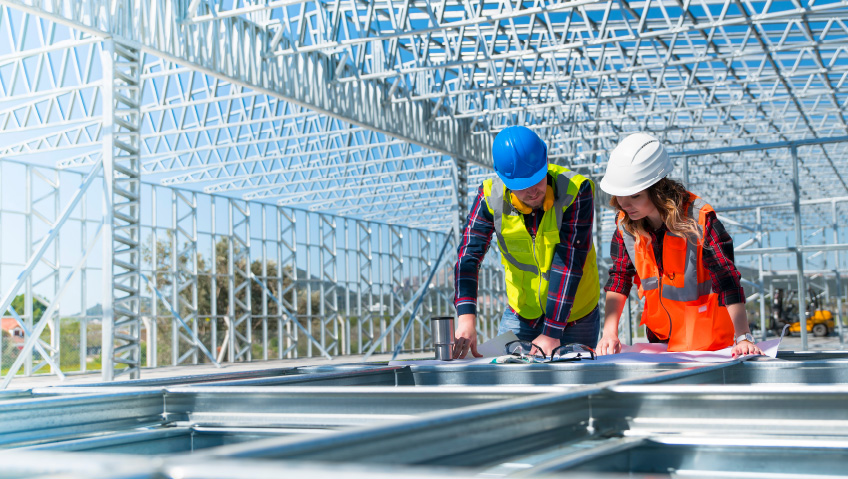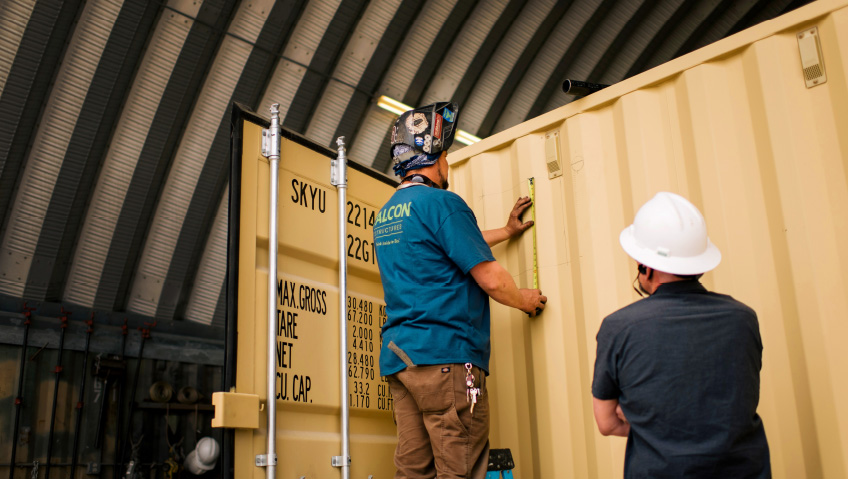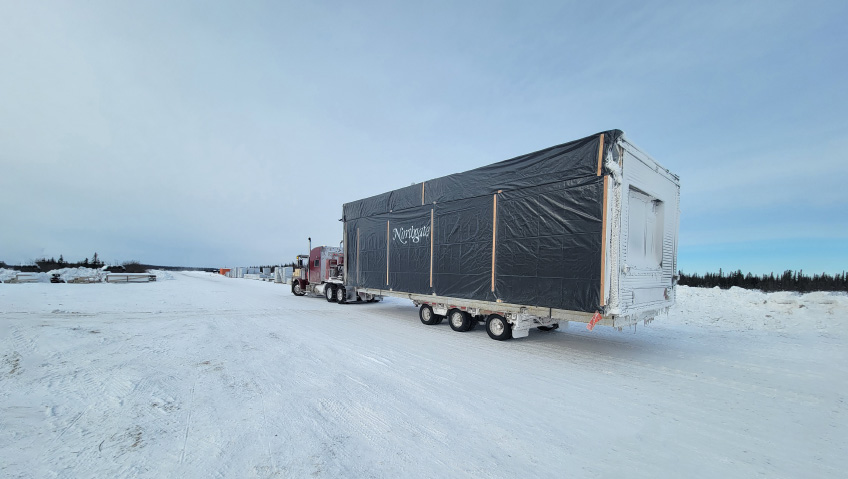Of all building materials, one of the most popular—and most vital—is steel. Strong, versatile and long-lasting, steel is an alloy made from iron and small amounts of carbon—often 0.04 percent to 2.25 percent—and small amount of other elements including silicon, phosphorus, sulphur and oxygen. So much more than simply ‘steel,’ there are five main classifications of the material: carbon steels, alloy steels, high-strength low-alloy steels, stainless steels, and tool steels.
Some steels are better suited for specific purposes than others. Alloy steels contain larger amounts of silicon, copper, and manganese than regular carbon steels, making them ideal for the production of carving knives, axles, and gears.
Owing to its shiny surfaces and ability to be cleaned, stainless steel is used for decorative purposes, surgical instruments, and food preparation.
Over 90 percent of all steels are carbon steels. Used for a variety of items, including automobile bodies and ship hulls, one of the biggest applications is in structural steel for buildings.
Increased steel production
Although the exact date that iron ore was first smelted to produce metal remains a mystery, it is known that iron implements uncovered in Egypt date from about 3000 BC, with the Greeks hardening iron weapons from approximately 1000 BC.
For centuries, the majority of iron alloys were what is considered wrought iron, widely used for decorative metalwork as it’s easy to shape. It wasn’t until 1855 that prolific British inventor Sir Henry Bessemer developed the Bessemer furnace, a significant refinement in modern steelmaking that transformed the availability and use of steel.
Creating a practical process for converting cast iron into steel, Bessemer’s furnace—also known as the Bessemer Converter—allowed quality steel to be made much more quickly and at a lower cost, greatly increasing England’s annual production. For his efforts, Bessemer was knighted in 1879 and was made a fellow of the Royal Society that same year. Even now, his technique of refining molten iron with blasts of air remains relatively unchanged.
Today, almost 170 years after his landmark invention, Sir Henry remains one of the fathers of construction. His innovative, patented furnace not only revolutionized steel production but forever changed how bridges, buildings, and railroads are made. Centuries after its discovery, steel was suddenly more readily available and lighter than ever before, ushering in the era of steel construction.
Typically made from wood, stone, or concrete, large-scale suspension bridges and buildings were now crafted from steel. In the late 19th century, engineers started experimenting with concrete reinforced with steel bars for added strength, giving rise to today’s ‘rebar’.
Without cheaper, more plentiful steel, the building of America’s roads and bridges—especially the construction of the Interstate Highway System in the 1950s under then-president Dwight D. Eisenhower—would have been costlier and taken much longer.
Why choose steel?
Today, it is unusual to see large-scale structures built without steel. Although other materials like cross-laminated timber (CLT) and glued laminated timber (glulam) are being used more and more, they are often incorporated with concrete and steel.
Continuing to dominate the industry, steel boasts many advantages over other building products, especially in the skyscraper arena. Relatively lightweight, steel doesn’t bend or deform unless it is placed under extreme stress. Combined with a high strength-to-weight ratio, steel is well-suited for structural sections and both internal and external applications, such as staircases and railings. As for the speed of construction, it is often easier and faster to build using steel instead of concrete.
In some cases, the use of steel in construction was sadly accelerated by tragedy. In October 1871, the Great Chicago Fire claimed an estimated 300 lives and turned some 17,000 buildings in the city to smouldering ash. Unseasonably hot, dry, and windy conditions for weeks led to the fire, which rapidly leapt from one building to another.
Although the exact cause of the inferno remains a mystery, there is no doubt that the city’s ‘balloon frame’ buildings made from wood and combustible tar roofs caused the fire to spread. At the time of the fire, two-thirds of Chicago’s buildings were made from timber; even the sidewalks, which also burned, were made of wood.
Following the devastation, new laws were passed in 1872 requiring buildings to be made from fire-resistant stone, brick, and terra cotta. While these building changes were met with opposition by some—owing to costs—the disaster ushered in the era of steel framing. In 1884, this saw the construction of the 138-foot-tall Home Insurance Building in Chicago.
Iconic structures
Historically, some of the biggest structures on Earth were made using steel, and remain intact to this day. Spanning New York’s East River between the boroughs of Brooklyn and Manhattan, the famous Brooklyn Bridge was the world’s longest suspension bridge when it opened on May 24, 1883.
Designed by American engineer John Augustus Roebling, with construction commencing under his son Washington Augustus Roebling in 1869, the Brooklyn Bridge is still in use 140 years later. The bridge’s main suspension span is 486 m (1,595 feet), and its overall length is 2,065 m (6,775 feet).
The first bridge to use woven steel cable wires, its towers are made from limestone, cement, and granite. A recognized landmark inspiring legions of photographers, artists and poets—and a familiar sight in countless movies and television productions—the Brooklyn Bridge was designated a National Historic Monument by the U.S. National Park Service.
The bridge also ushered in a period of suspension bridge design and building across America that lasted almost a century, culminating in 1964 with New York’s Verrazzano-Narrows Bridge. Named after European explorer Giovanni da Verrazzano, the 1298 m (4,260 foot) span made it the longest suspension bridge in the world until it was surpassed by England’s Humber Bridge in 1981.
Other well-known bridges built using steel include the iconic Golden Gate Bridge in San Francisco. With a main span of 1,280 m (4,200 feet), the Golden Gate Bridge was completed in 1937 and signals the entrance to the San Francisco Bay.
Even with other types of construction gaining popularity, steel will always play a vital role in the building industry. From the Rand McNally Building—the world’s first all-steel framed skyscraper, built in Chicago in 1889—to many of today’s tallest structures like Dubai’s Burj Khalifa at 829.8 m (2,772 feet) and China’s complex Runyang Yangtze River Bridge spanning 35.66 km (22.16 miles), steel construction is sure to be widely used for generations to come.






